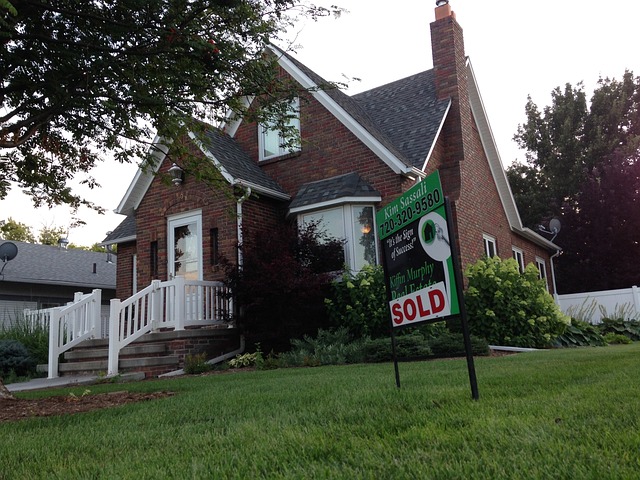 Most managers and small business owners know all too well how remote has impacted the daily work habits of those employees who work from home. But you may not realize how much the remote work phenomenon has affected other facets of our lives – such as residential real estate, for example. The fact is that remote work has had varying impacts on the cost of single-family homes and apartments, depending on location, demand, and individual housing markets. Here are five ways remote work has influenced the cost of both single-family homes and apartments:
Most managers and small business owners know all too well how remote has impacted the daily work habits of those employees who work from home. But you may not realize how much the remote work phenomenon has affected other facets of our lives – such as residential real estate, for example. The fact is that remote work has had varying impacts on the cost of single-family homes and apartments, depending on location, demand, and individual housing markets. Here are five ways remote work has influenced the cost of both single-family homes and apartments:
Rising Demand for Larger Homes:
Remote work has led to an increased demand for single-family homes with larger living spaces and additional rooms for home offices or flexible workspaces. This heightened demand for spacious homes has driven up prices for single-family houses, particularly in suburban and rural areas.
Price Appreciation in Suburban and Rural Areas:
Remote work has spurred a migration away from urban centers to suburban and rural locations. As a result, housing markets in these areas have experienced significant price appreciation due to increased demand. People seeking more affordable and spacious homes have driven up prices in these regions.
Shifts in Apartment Demand:
While the demand for single-family homes has surged, the demand for apartments in some urban areas has softened. Work-from-home employees have come to the realization that they don’t need to live in urban environments since they can essentially work from any location. As a result, an increasing number of these individuals are choosing to relocate to suburban and/or rural areas in search of better quality of life for themselves and their families. As remote work allows people to move away from cities, there has been a decrease in rental demand in certain urban neighborhoods, leading to stabilized or even reduced apartment rents.
Urban Apartment Vacancies and Rent Concessions:
Some urban areas have faced higher apartment vacancy rates and lower rents as a result of remote work. Landlords and property managers in urban centers have had to offer rent concessions and incentives to attract tenants, as the allure of living in close proximity to workplaces has diminished.
Secondary and Vacation Home Markets:
Remote work has also increased demand for secondary and vacation homes, driving up prices in these markets. Individuals and families are purchasing additional properties in desirable vacation destinations or scenic areas where they can work remotely while enjoying a change of environment.
As time goes by and remote work becomes increasingly ingrained in the workforce, the changes in employee housing choices are likely to become more and more common. On the flip side, office space in large urban centers continues to be expensive, which makes remote work a common-sense choice for companies as well as their employees. Fortunately, corporate supervisors and business owners can still effectively manage their employees no matter where they are located thanks to technological tools like MySammy. Our cloud-based software allows you to measure the productivity levels of your remote employees without needing to use “spyware” or block access to certain websites. In fact, MySammy is designed to be used in a totally transparent manner and is specifically intended for managers of remote employees. If you haven’t tried MySammy, there’s no time like the present! Sign up for your FREE trial today.


